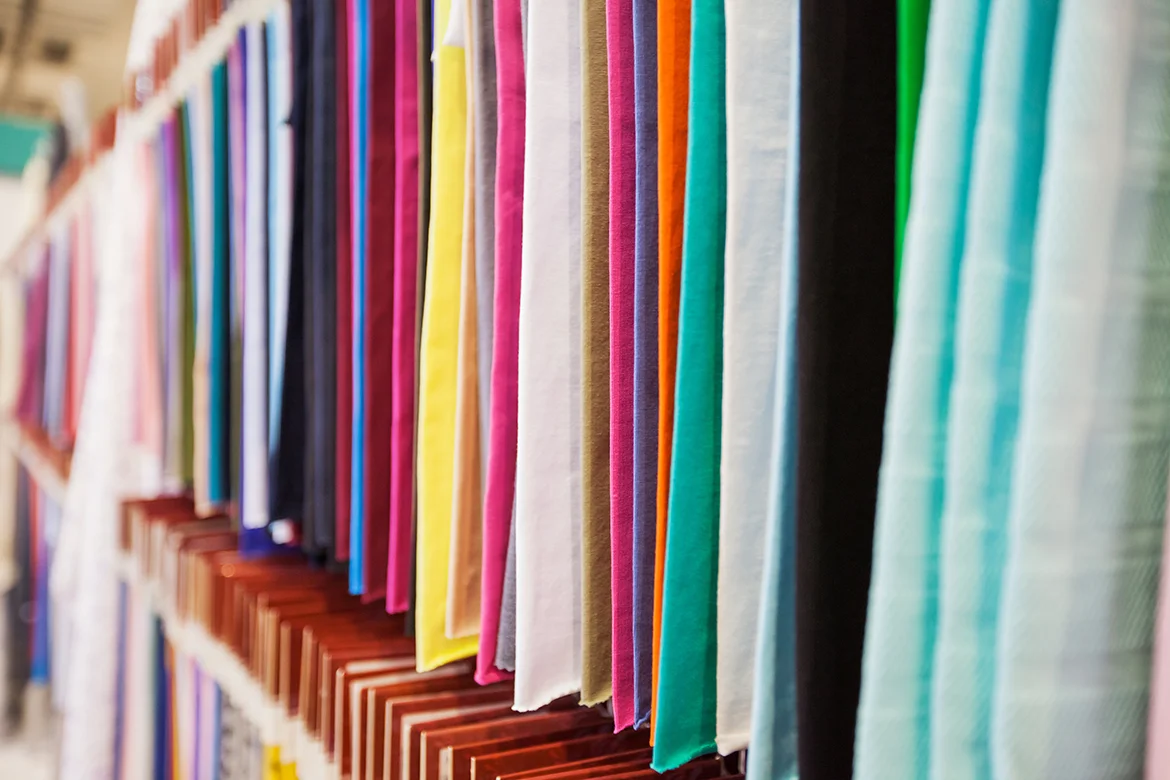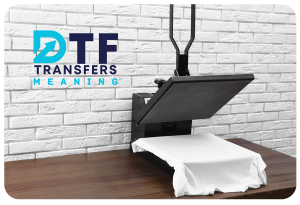Table of contents
Direct-to-Film (DTF) transfers is a cutting-edge and creative printing technique enabling the creation of vivid and intricate designs on diverse materials. This method sets itself apart from conventional heat transfer techniques by utilizing specialized films, inks, and heat presses to yield impressive prints. In this blog, we will explore the detailed procedure of applying DTF transfers to a variety of materials, such as cotton, spandex, denim, canvas, and nylon. Join us in discovering this intriguing method and the possibilities it offers for customizing and achieving professional-grade prints on any textile!
How do DTF Transfers work?
DTF transfers use unique films that bond to the printing surface when exposed to a heat press. These films are infused with inks or pigments that are directly transferred onto the fabric, creating vibrant and durable designs. This method is highly adaptable and suitable for a broad spectrum of fabrics, which has made it a favored option for personalized clothing, accessories, and promotional merchandise.
Preparation
Before diving into the transfer process, ensure that you have the following tools and materials ready:
- DTF prints
- Heat press machine
- Appropriate material (cotton, spandex, denim, canvas, or nylon)
- Teflon or silicone sheets
- Heat-resistant tape
- Scissors
Press on Different Materials:
a. Cotton:
- Adjust the heat press to the suitable temperature for DTF transfers on cotton, typically between 280°F and 300°F.
- Lay the DTF film face down on the fabric, ensuring the design is properly aligned.
- Apply firm, uniform pressure for about 10 seconds.
- Allow the transfers to cool completely before peeling.
- Conduct a second press with a Teflon or parchment paper sheet for 10 seconds after it cools.
b. Spandex:
- Being heat-sensitive, set a lower temperature for spandex (suggested trial temperature is 260°F to 270°F).
- Press with steady, even pressure for roughly 10 seconds.
- Let the transfers cool entirely before peeling.
- Perform an additional 10-second press post-cooling.
- We strongly suggest running a TEST first.
c. Denim:
- For the thicker denim fabric, increase the pressure and raise the heat press temperature slightly (testing recommended at approximately 300°F to 325°F).
- Apply the transfer for 10-15 seconds.
- Wait until the transfers are fully cooled before peeling.
- Execute a subsequent 10-second press after cooling.
- We strongly suggest running a TEST before.
d. Canvas:
- Given its robust nature, canvas requires increased pressure and a higher heat press setting (trial temperature suggested between 300°F and 325°F).
- Press the transfer onto the canvas for 10-15 seconds.
- Allow the transfers to cool thoroughly before peeling.
- Perform a secondary press for an additional 10 seconds once cooled.
- We strongly suggest running a TEST before.
e. Nylon:
- Due to its delicate nature, nylon should be processed at a lower temperature, ideally between 260°F and 270°F.
- Opt for a silicone sheet over Teflon when working with nylon, as Teflon may adhere to the material.
- Press the transfer onto the nylon for 10-15 seconds.
- Allow the transfers to cool down completely before peeling.
- Conduct an additional press for 10 seconds following the cooling period.
- We strongly suggest running a TEST before.
Post-Transfer Care:
After applying the DTF transfer, allow the material to cool down completely before handling. For long-lasting prints, avoid washing the material for at least 24 hours. When washing, use cold or warm water and turn the fabric inside out. Avoid using harsh detergents or bleach to preserve the print’s quality.
Conclusion:
DTF transfers offer a fantastic opportunity to enhance your creative expression and add a custom flair to various materials such as cotton, spandex, denim, canvas, and nylon. This guide has provided the essential insights and procedures for successfully applying DTF transfers. Feel free to experiment with various fabrics, designs, and hues to fully explore the capabilities of this printing method. Whether you are crafting bespoke apparel, promotional goods, or distinctive accessories, DTF transfers stand out with their vivid, long-lasting, and striking effects!
Note: It is important to note that DTF transfers are meant to be used on flat, smooth surfaces with no texture. If you apply a DTF transfer to a surface with texture, the transfer will receive that texture and may feel rough.
The pressure that DTF Transfers Now recommends is between 40-60 PSI.





